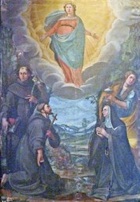

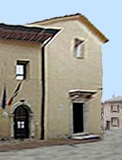
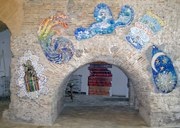
Rosata, the widow of Mariotto di Ludovico, established a community of Franciscan tertiaries here in 1490. When she died in 1509, she left all of the goods of the community to that of San Quirico. By the time of the Apostolic Visitation of 1573, the community at Sant' Antonio had regained its independence but was in great poverty, and the remaining sisters were forced to move to San Quirico.
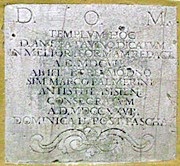
The community was suppressed in the 1810 and again, this time finally, in 1860, when some of the brothers moved to a house in Via San Paolo. (It finally moved back to Santa Maria sopra Minerva in 1918).
The church and convent at Sant Antonio were adapted in 1990 to house a school. (It is possible to visit the Roman remains when the school is open).
Art from the Complex
The following works are now in the Pinacoteca Comunale.
Marriage of the Virgin (17th century)
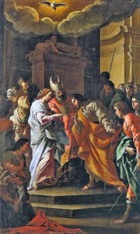
Immaculate Virgin with saints (17th century)
